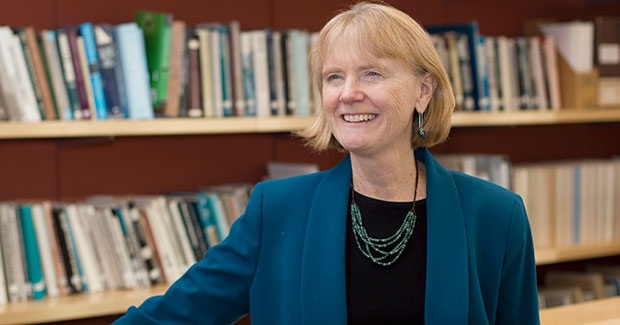Governing the New Geography of Poverty in Metropolitan America
October 9, 2019

In a recent article, Margaret Weir and co-author Elizabeth Mattiuzzi look at "the new geography of poverty."
This article contributes to the research on the new geography of poverty by examining how low-income residents fit into the governmental patchwork that defines metropolitan America. Our analysis pays particular attention to two features of local governments: their size and their status as incorporated municipalities or unincorporated areas. Relying on Census data, we study these patterns for the five largest metropolitan areas in each of the five Census-designated regions of the country (25 metros total) from 1990 to 2012–2016. We show that the distribution of poor people across jurisdiction types, and their concentration in particular jurisdictions or places, has changed over time. In the older metros of the Northeast and Midwest, poverty grew in smaller secondary cities while it expanded in unincorporated areas in the South and in larger secondary cities in the West. We conclude with a discussion of the implications of these shifts for studying local governance and poverty.

